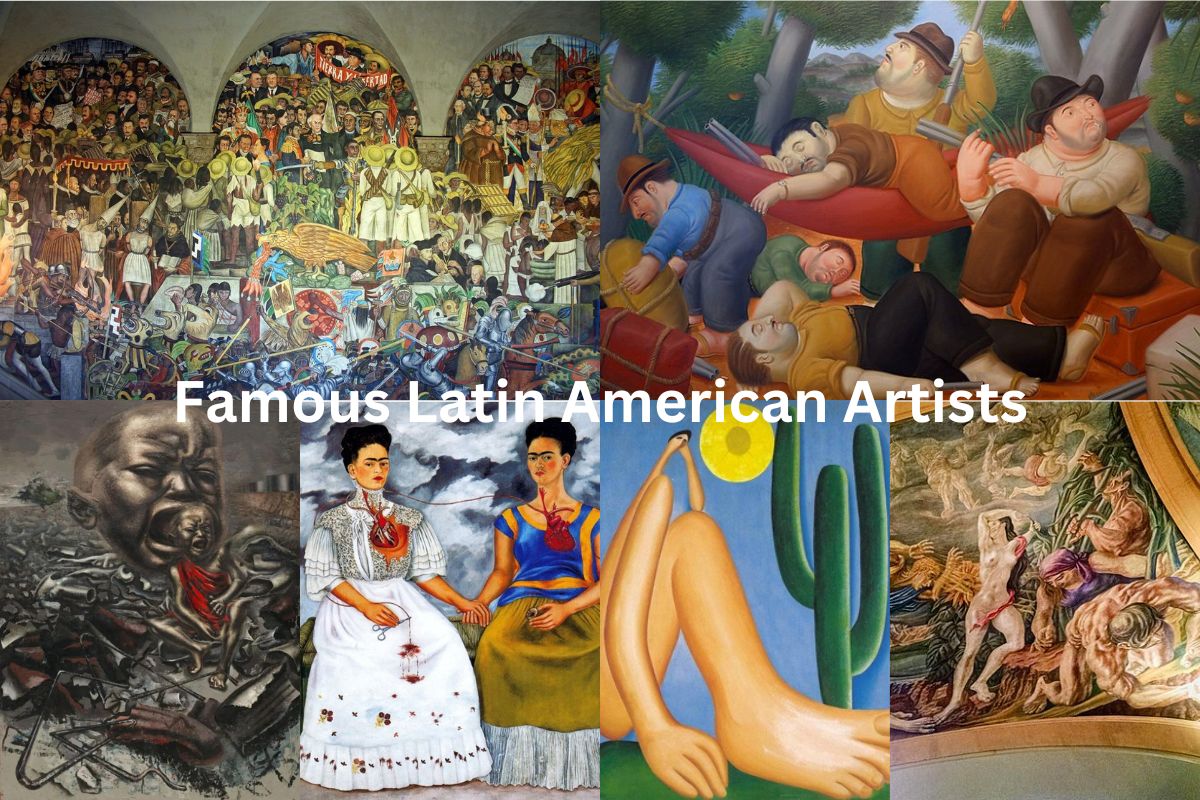Latin American art is the creative expression of Latin Americans residing in other locations, as well as those from South America, Central America, the Caribbean, and Mexico.
The art has its origins in the many indigenous civilizations that lived in the Americas before to European colonization in the 16th century. Each indigenous society developed complex creative disciplines motivated by religious and spiritual concerns.
Their work is referred to collectively as Pre-Columbian art. The fusion of Amerindian, European, and African cultures has produced a distinct Mestizo legacy.
Art has often been utilized as a form of social and political commentary in Latin America. José Guadalupe Posada, a Mexican graphic artist, depicted scathing pictures of Mexican aristocracy as skeletons, or calaveras.
This was done before to the Mexican Revolution, and it had a big influence on subsequent painters like Diego Rivera. Parodying Old Master paintings, particularly those of the Spanish court made by Diego Velázquez in the 17th century, is a prevalent trend among Latin American figurative painters.
These parodies have a dual aim by referencing Latin American artistic and cultural heritage while also criticizing the legacy of European cultural imperialism in Latin American states.
Fernando Botero and Alberto Gironella are two well-known painters that used this approach regularly.
Famous Latin American Artists
1. Frida Kahlo
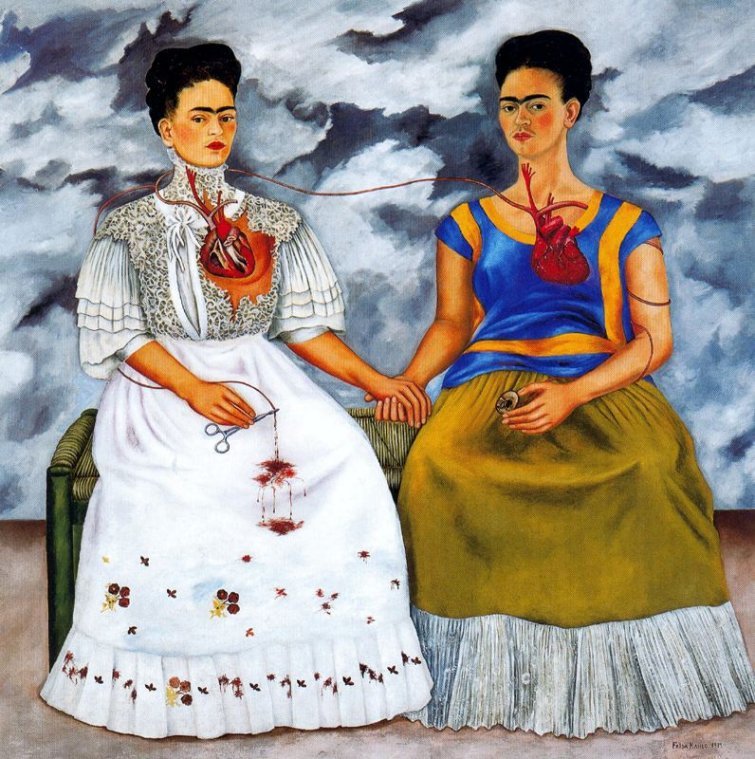
Frida Kahlo (1907-1954) was a Mexican artist who is best known for her self-portraits that often depicted her physical and emotional pain. She was born in Coyoacán, Mexico City and contracted polio at the age of six, which left her with a limp.
At the age of 18, she was involved in a bus accident that left her with serious injuries, including a broken spinal column and pelvis. During her recovery, she began to paint as a form of therapy.
Kahlo’s artwork was heavily influenced by Mexican culture, particularly the indigenous cultures of Mexico. Her paintings often depicted her own personal experiences and struggles, as well as Mexican folk culture and politics.
She was also influenced by European art movements, such as Surrealism and Realism.
Despite her physical struggles and a tumultuous personal life, Kahlo’s art gained recognition during her lifetime, and she is now considered one of Mexico’s greatest artists. Today, her artwork can be found in museums and collections around the world.
2. Fernando Botero
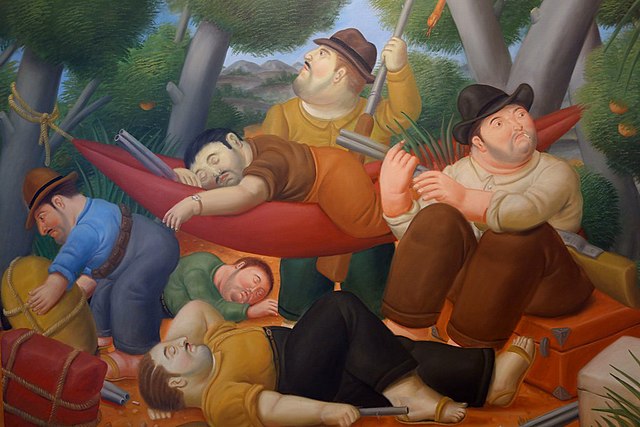
Fernando Botero (born 1932) is a Colombian artist known for his unique style of figurative painting and sculpture, which he calls “Boterismo”. His work is characterized by the use of exaggerated and rounded forms, often featuring subjects such as people, animals, and objects.
Botero was born in Medellin, Colombia, and began his artistic career as a teenager. After studying in Madrid and Florence, he returned to Colombia where he began to develop his unique style. Throughout his career, he has exhibited his work in galleries and museums around the world.
Botero’s work is often political in nature, and he has used his art to comment on issues such as violence, war, and social inequality. His sculptures, in particular, have become well-known public installations, such as the “Bird” sculpture in New York’s Central Park and the “Hand” sculpture in Paris.
Botero has received numerous awards and honors for his contributions to the arts, and his work continues to be celebrated around the world.
3. Diego Rivera
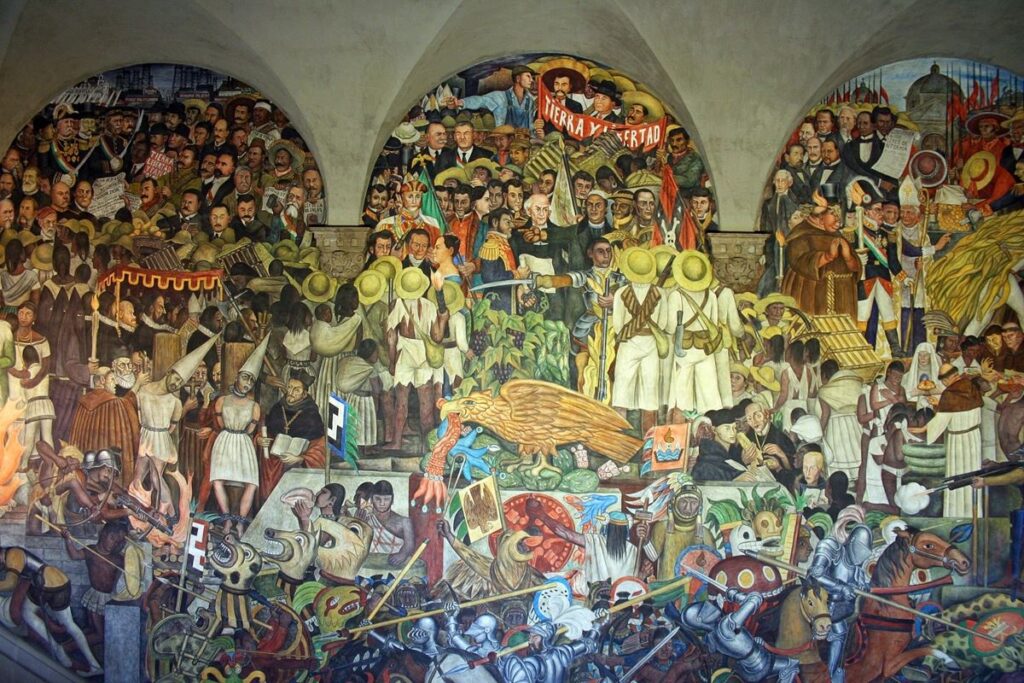
Diego Rivera (1886-1957) was a Mexican artist known for his large-scale murals that depicted Mexican history and culture. He was born in Guanajuato, Mexico, and studied art in Mexico City and Europe.
Rivera’s murals were commissioned by the Mexican government and were often created in public spaces such as government buildings, schools, and museums.
His work celebrated Mexican culture, history, and social issues, such as the struggles of the working class and the importance of indigenous cultures. He often included political and social commentary in his murals, which sometimes caused controversy.
Rivera was married to the artist Frida Kahlo, and their relationship was often tumultuous. However, they also had a significant influence on each other’s work.
Rivera’s artwork continues to be celebrated for its social and political significance, as well as its technical skill and artistic vision. Many of his murals can still be seen in public spaces in Mexico and the United States.
4. Tarsila do Amaral
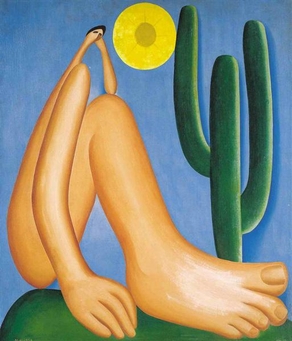
Tarsila do Amaral (1886-1973) was a Brazilian artist who was an important figure in the modernist movement in Brazil. She was born in Capivari, São Paulo, and studied art in São Paulo and Paris.
Amaral’s artwork was heavily influenced by Brazilian culture and history, particularly the traditions and aesthetics of indigenous and African cultures. She used bold colors and simplified forms to create a unique style that was both modern and distinctly Brazilian.
Amaral was also politically active and participated in the Brazilian Communist Party. Her artwork often included social and political commentary, addressing issues such as race, class, and gender.
Amaral’s most famous painting is “Abaporu”, which she created in 1928. The painting features a tall, stylized figure with exaggerated features and a small head. It is now considered an icon of Brazilian art and has inspired many other artists.
Today, Amaral’s artwork can be found in museums and collections around the world, and she is considered one of Brazil’s most important artists of the 20th century.
5. Zilia Sánchez
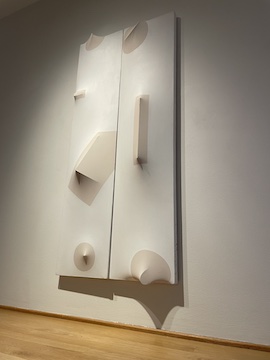
Zilia Sánchez (born 1926) is a Cuban artist known for her unique style of abstract paintings and sculptures that explore themes of femininity and sensuality. She was born in Havana and studied art in Cuba and Italy before moving to New York City in the 1960s.
Sánchez’s artwork often features curvilinear shapes and bold, monochromatic colors. She is known for her use of shaped canvases, which allow her to create sculptural effects within her paintings. Her work is often inspired by natural forms, such as waves, shells, and the human body.
Throughout her career, Sánchez has been recognized for her contributions to the arts. In 2020, she was the subject of a major retrospective at the Phillips Collection in Washington, D.C., which celebrated her career spanning over seven decades.
Sánchez’s artwork continues to inspire and influence contemporary artists, particularly those interested in exploring themes of femininity, sexuality, and abstraction.
6. David Alfaro Siqueiros
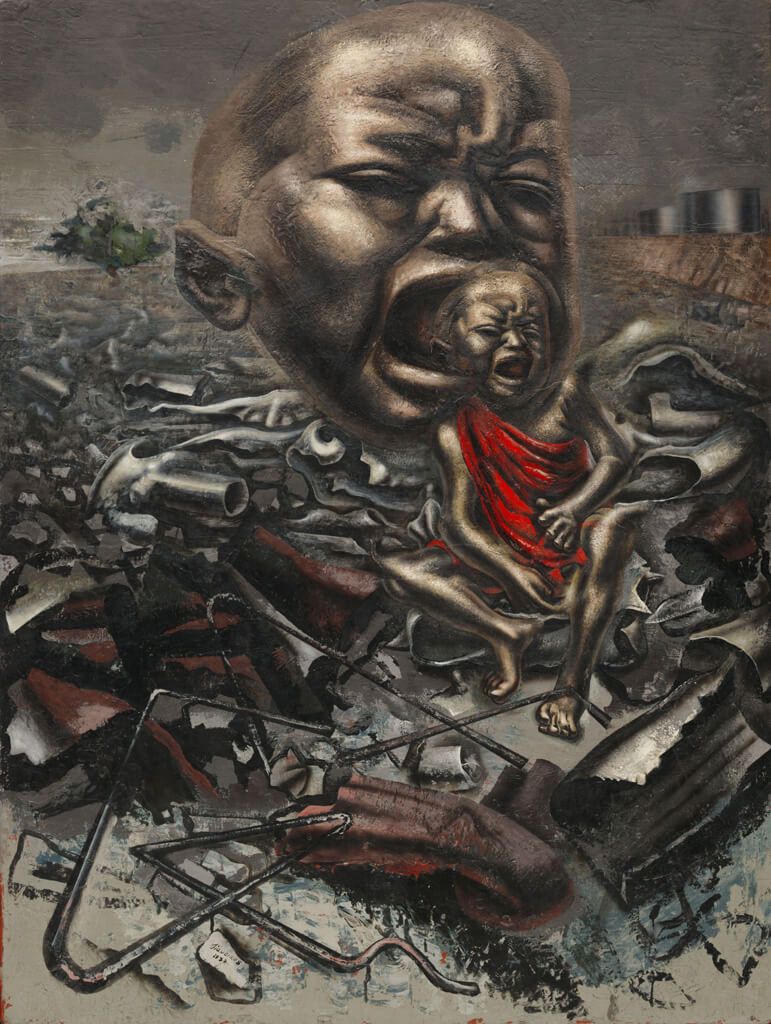
David Alfaro Siqueiros (1896-1974) was a Mexican painter and muralist who was a prominent figure in the Mexican muralism movement. He was born in Chihuahua, Mexico, and studied art in Mexico City and Europe.
Siqueiros was politically active throughout his life and was a member of the Mexican Communist Party. His artwork often reflected his political beliefs, addressing issues such as social justice, labor rights, and the Mexican Revolution. He was also a strong supporter of the anti-fascist movement and fought in the Spanish Civil War.
Siqueiros was known for his large-scale murals, which can be found in public spaces throughout Mexico and the United States. His murals often depicted scenes of Mexican history and culture, as well as social and political themes. He used bold colors and dynamic compositions to create powerful, visually striking works of art.
In addition to his mural work, Siqueiros also painted on canvas and created sculptures. His artwork continues to be celebrated for its technical skill and political significance, and he is considered one of Mexico’s greatest artists of the 20th century.
7. Rufino Tamayo
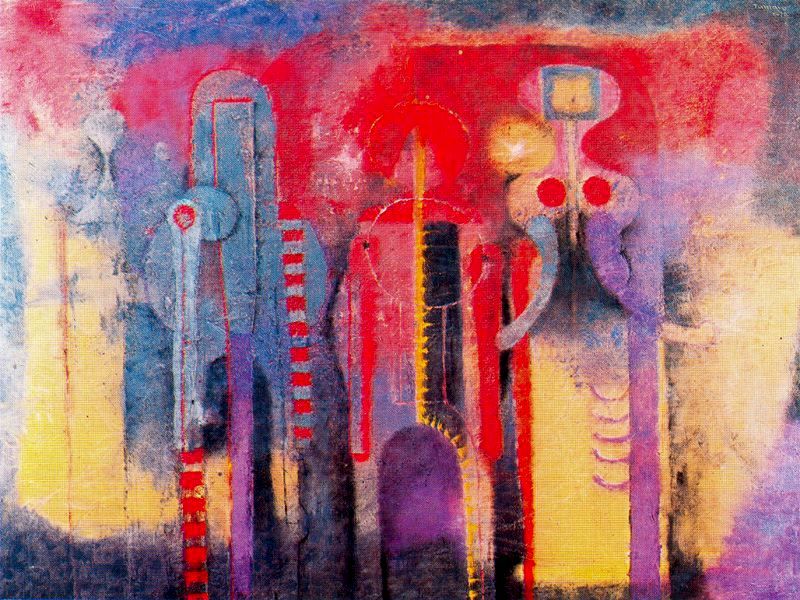
Rufino Tamayo (1899-1991) was a Mexican painter known for his use of color and abstract style. He was born in Oaxaca, Mexico, and began his artistic career as a lithographer.
Tamayo’s artwork was influenced by a variety of styles, including Surrealism and Cubism. He often used bold colors and simplified forms to create abstract compositions that explored themes of Mexican culture, mythology, and human nature.
Throughout his career, Tamayo received numerous awards and honors for his contributions to the arts. He exhibited his work in galleries and museums around the world, and his paintings are now considered some of the most important works of 20th-century Mexican art.
In addition to his painting, Tamayo also worked in printmaking, sculpture, and murals. His work continues to be celebrated for its technical skill and artistic vision, as well as its exploration of Mexican identity and culture.
8. Joaquín Torres-García
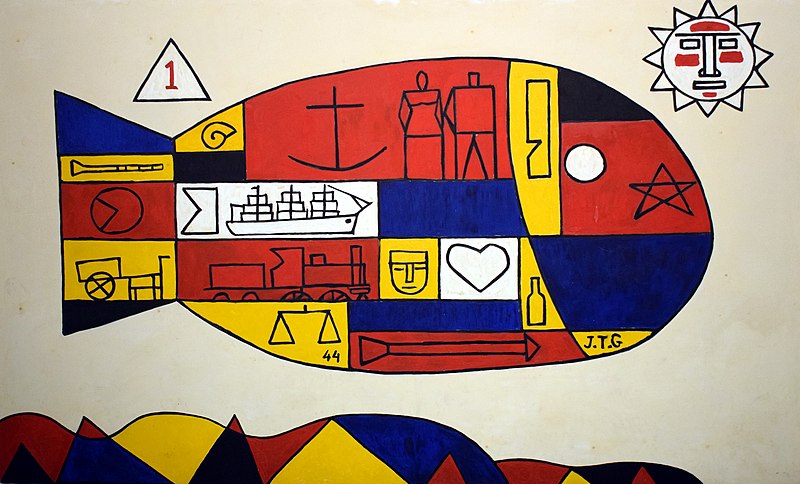
Joaquín Torres-García (1874-1949) was a Uruguayan artist who was a prominent figure in the Latin American modernist movement. He was born in Montevideo, Uruguay, and studied art in Spain and France.
Torres-García’s artwork was influenced by a variety of styles, including Cubism and Constructivism. He often used geometric shapes and primary colors to create abstract compositions that explored themes of order, balance, and structure.
Throughout his career, Torres-García was also a prominent art educator and writer, and he founded the School of the South, an art movement that sought to develop a unique, regional style of art in Latin America.
Torres-García’s work continues to be celebrated for its technical skill and artistic vision, as well as its contributions to the development of modernist art in Latin America. His paintings can be found in museums and collections around the world.
9. Antonio Berni
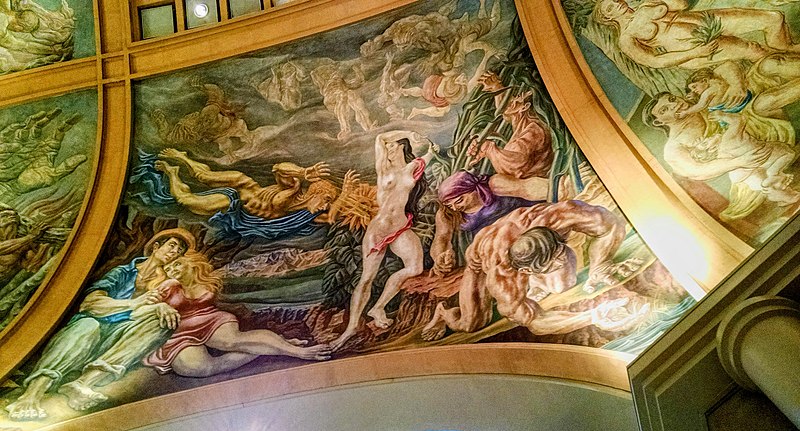
Antonio Berni (1905-1981) was an Argentine artist known for his socially and politically engaged art. He was born in Rosario, Argentina, and studied art in Europe before returning to Argentina in the 1930s.
Berni’s artwork often addressed issues such as poverty, inequality, and social injustice. He used a variety of mediums, including painting, sculpture, and printmaking, to create works that were both technically accomplished and politically charged.
One of Berni’s most famous series of works is his “Juanito Laguna” series, which features a young boy living in poverty in Buenos Aires. The series explores themes of social inequality and the effects of poverty on children.
Throughout his career, Berni was also involved in politics and was a member of the Communist Party of Argentina. His artwork was often censored or criticized by the government for its political content.
Today, Berni’s artwork is celebrated for its technical skill, social and political significance, and its contributions to the development of Latin American art. His work can be found in museums and collections around the world.
10. María Izquierdo
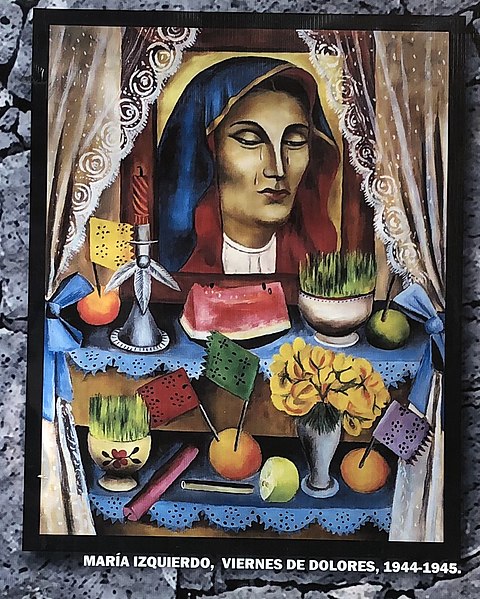
María Izquierdo (1902-1955) was a Mexican painter and one of the few female artists of her generation to achieve significant recognition. She was born in San Juan de los Lagos, Mexico, and studied at the Academy of San Carlos in Mexico City.
Izquierdo’s artwork was influenced by Mexican folk art and culture, and she often depicted scenes of everyday life and traditional Mexican customs. She was also interested in exploring spiritual and mystical themes in her artwork.
Throughout her career, Izquierdo received numerous awards and honors for her contributions to the arts. She exhibited her work in galleries and museums in Mexico and the United States, and her paintings are now considered some of the most important works of 20th-century Mexican art.
Izquierdo was also an important feminist figure in the Mexican art world, and she paved the way for future generations of female artists in Latin America. Her artwork continues to be celebrated for its technical skill, cultural significance, and contributions to the development of Mexican art.

